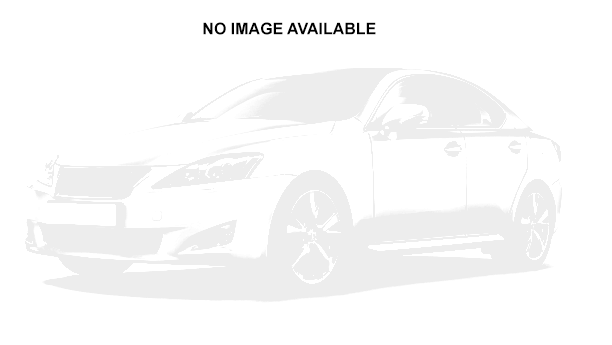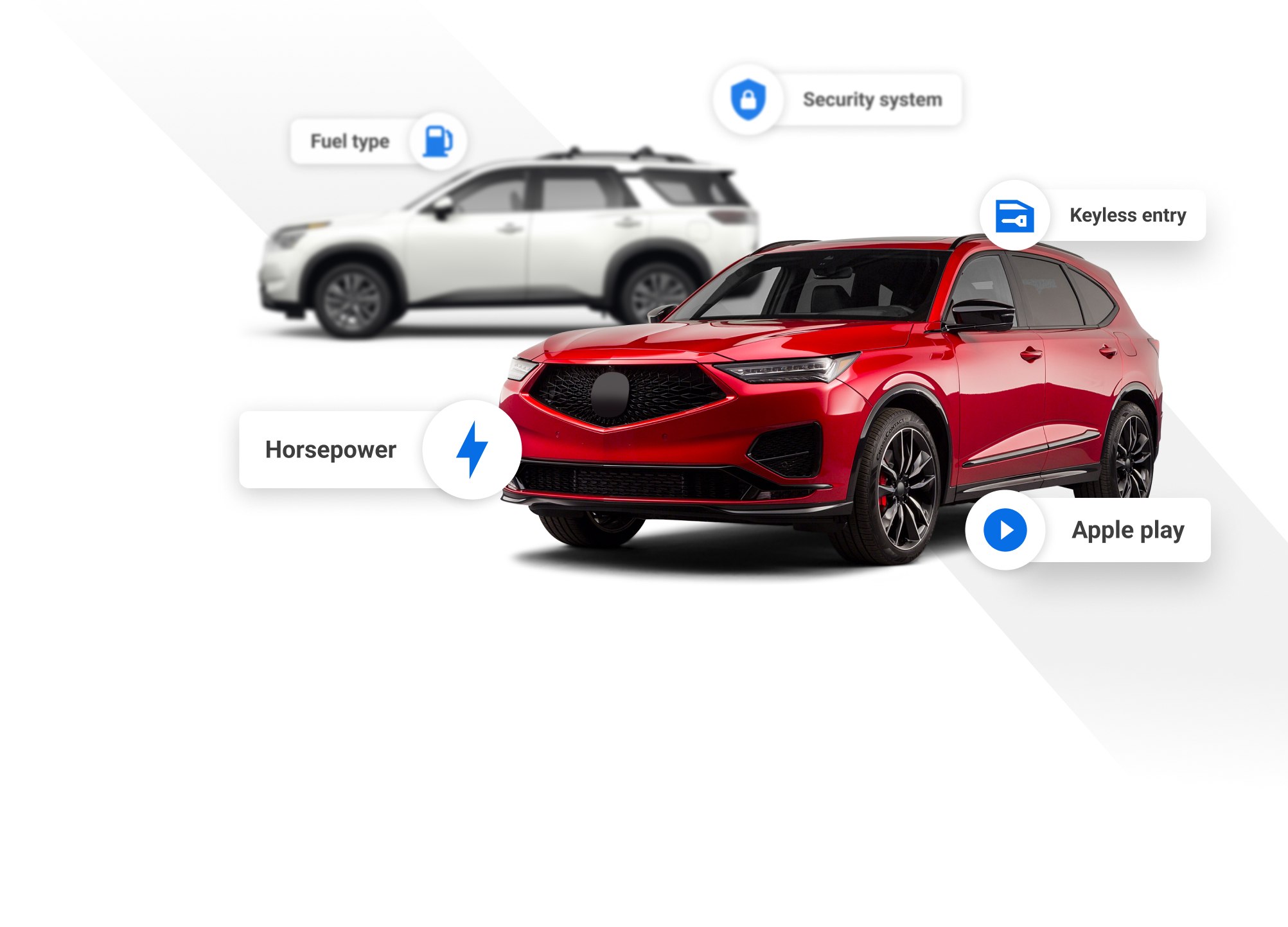
2005 Honda Element


Key Specifications for 2005 Honda Element






Buyer’s Guide
Virtually unchanged for 2005, the Honda Element greets the new year with only new wheel covers for the base model, and side airbags, new exhaust tip, MP3 capability and metallic black cladding (on certain exterior colours) on the upper-line Y Package.
Never a success with the skate- and snowboarders Honda thought it would attract in droves, the Element has gained most of its following among older buyers who can get past the “hit-it-with-an-ugly-stick” styling and appreciate some of the vehicle’s more practical applications.
Sharing its platform with the CR-V, the Element sacrifices heavier-duty truck abilities in favour of more car-like ride and handling. Both Element models carry a 2.4-litre inline four-cylinder borrowed from the base Honda Accord.
The base package includes air conditioning, 16-inch steel wheels, four-wheel disc brakes with ABS, power mirrors, power windows, rear washer/wiper, CD with four speakers, power locks, seatback bungee loops and cords, manual height adjustment on the driver’s seat, and easy-clean “Fabric For Extreme Conditions” on the front seats.
The Y Package puts that fabric on all four seats, and adds keyless entry, upgraded audio system with seven speakers and MP3, cruise control, front map lights, and a pocket on the rear of the passenger seat.
RealTime four-wheel-drive – a “slip-and-grip” system that sends power to the rear wheels if the front ones lose traction – is available as an option on Y Package-equipped cars. It’s also necessary in order to option the removable skylight.
Inside, the Honda Element is possibly the most “scrubbable” vehicle on the road; the floor is rubberized, the seat fabric resembles that used to make wetsuits, and all surfaces are plastic. Honda doesn’t recommend washing it out with a hose, but it certainly looks like you could.
The rear seats can be folded, or stretched flat – campers can form the seats into a lumpy bed – and then flipped up and attached to the body sides to make a flat cargo floor. It’s great for hauling stuff, but reduces the Element’s capacity to four people. The rear hatch opens clamshell style, which can make it difficult for short people to access items, since they have to reach across the lower part of the gate.
The rear doors open suicide-style, to reveal a pillarless expanse that makes loading very easy. The downside is that front passengers have to take off their seatbelts and open their doors before the rear ones can be opened – a potential drawback for parents who shuttle children from one errand to another, and who must effectively exit the vehicle each time to let someone in or out of the back seats.
For its funkiness and practicality, the Element stands alone in its class. Size-wise, the Ford Escape comes close and is $905 cheaper; the Toyota RAV-4 is $685 more. Both of those hold five passengers and are more attractive, but take the family to the beach and see which one cleans up the best.
The Honda Element is made in East Liberty, Ohio.
Review & Compare:
Photos
No content available
AutoTrader Review


This vehicle has not yet been reviewed






